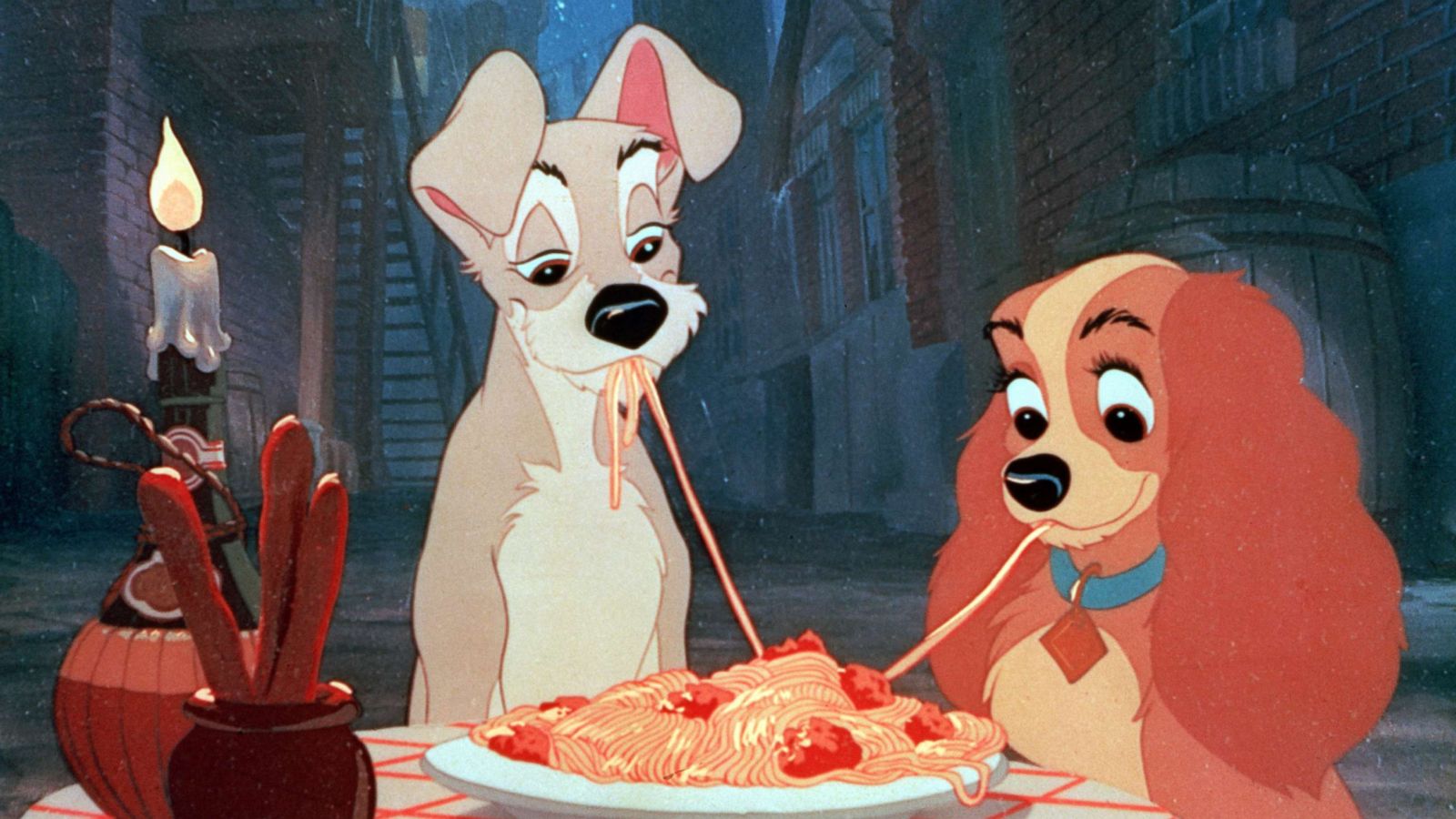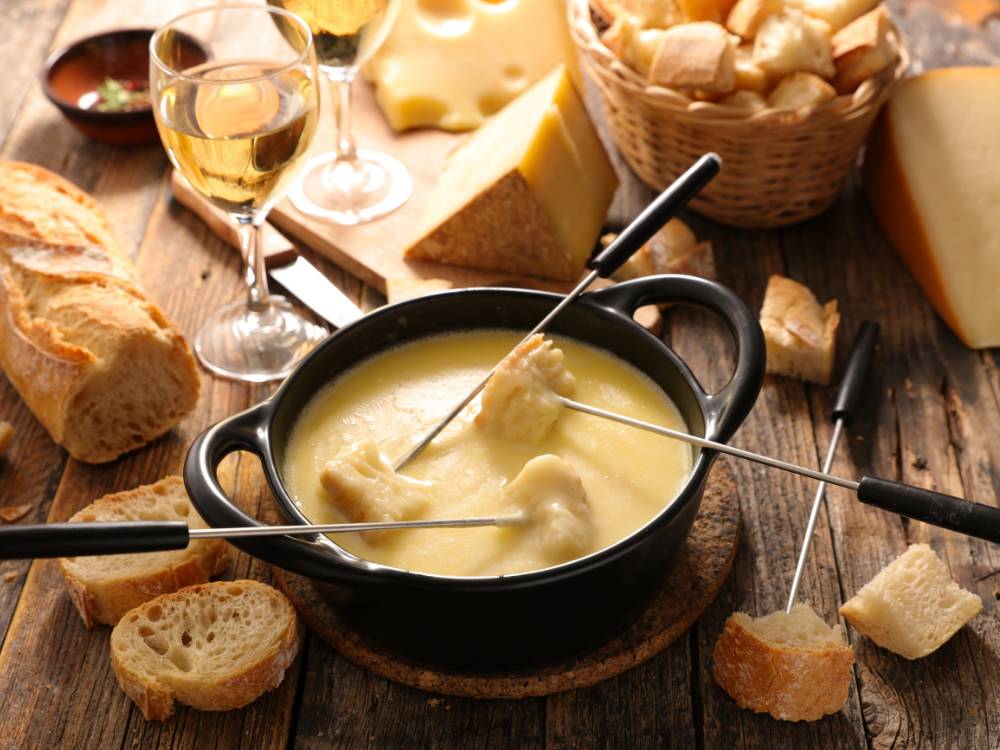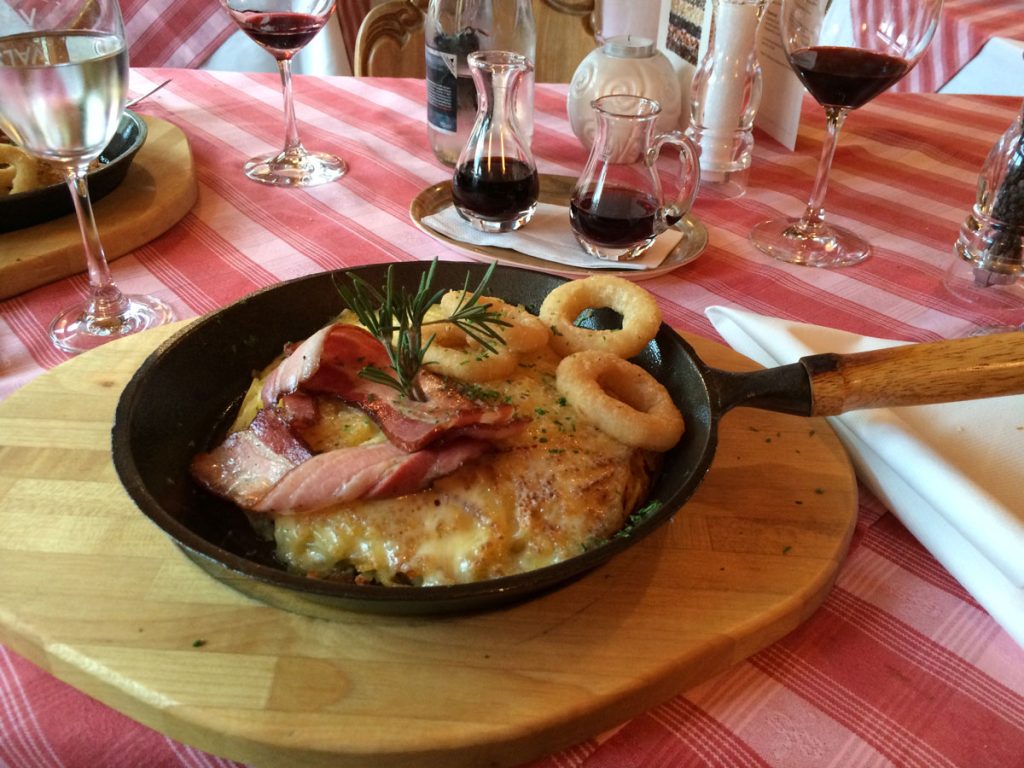Switzerland, known for its stunning landscapes and rich history, is also home to a diverse culinary scene that reflects its multicultural heritage.
However, many tourists make common mistakes when dining in Switzerland. Here’s what you need to know to eat like a local and fully enjoy Swiss cuisine.
1. Sharing Meals Is Not Common (And Often Not Appreciated)

In many countries, sharing a meal, perhaps because portions are so big, is quite common.
But portions are a lot smaller in Switzerland, and restaurants are not used to people (in most cases) sharing their main meal. That is not to say you won’t ever be able to, but it’s not commonly done by locals.
Add to this the struggle that most restaurants having making a living, and you can imagine them taking it the wrong way. Especially during peak season when they make their most money with each table served.
Do It Right:
Here are a few ideas that might help if you really want to share your main meal (aka Entree for those from the USA)
- Maybe both have a starter before, even a small salad
- Ask the waiter if it is ok to share, acting polite and perhaps confused – saying that at home it is normal
- Don’t be surprised if they are not ok with it – don’t be annoyed, just accept that each country has it’s own quirks and find another way to adapt (cheaper main meals, less eating out)
2. Misunderstanding Fondue Etiquette

Many tourists see fondue as just another meal and often eat it incorrectly.
I can certainly understand as it looks simple enough. Bread on fork, dip it into the cheese, and then eat!
But the devil is in the details
Do It Right:
Fondue is a social event in Switzerland with its own set of rules.
- Avoid double-dipping.
- Stir the pot regularly to keep the cheese from burning.
- If your bread falls into the pot, tradition dictates you owe a round of drinks or perform a playful dare.
3. Overlooking Regional Specialties

Many tourists stick to generic Swiss dishes like fondue or chocolate, missing out on the regional specialties that vary across the country.
Do It Right:
Switzerland is divided into regions with distinct culinary traditions.
🇩🇪 In the German-speaking part, try “Rösti” (a crispy potato dish similar to hash browns). It can come in all sorts of variations (bacon, cheese, and egg on top) and is great after a long day in the mountains!
🇫🇷 In the French-speaking region, don’t miss “Papet Vaudois” (leeks and potatoes with sausages).
🇮🇹 In the Italian-speaking Ticino try Polenta. Although I was reluctant at first to try it, it turned out to be a hidden gem!
4. Not Make Reservations
Tourists often show up at popular restaurants without a reservation, especially in popular areas, expecting to get a table.
Not only is summer a busy time and I would reserve in a restaurant anywhere in the world.
But in Switzerland, people plan their spare time weeks or months in advance!
Want To Save This For Later?
Do It Right:
So, don’t forget to reserve, as far ahead as you can. Especially if the restaurant is popular!
5. Missing Out on Local Drinks

Many visitors opt for the drinks they know when in a foreign country, which means missing out on Switzerland’s unique drinks.
Do It Right:
Switzerland offers a variety of local wines, beers, and spirits.
Try a glass of Swiss wine, like a crisp Fendant from the Valais region or a robust Pinot Noir from Graubünden. And did you know, most Swiss wines are not even exported! so make the most of them
For beer lovers, Swiss craft beers offer an exciting range of flavors. Years ago, I lamented how bad beer was here. Not any more!
And, don’t forget to sample “Rivella,” a popular Swiss soda made from milk serum. This is something that is synonymous with Swiss and their childhood. So, why not bond with the locals!
6. Expecting Quick Service

Tourists used to fast-paced service might find Swiss dining slow and frustrating.
Do It Right:
Dining in Switzerland is meant to be a leisurely experience. Meals are enjoyed slowly, and service reflects this cultural attitude. Embrace the slower pace, savor your food, and use the time to enjoy your company and the ambiance. If you’re in a hurry, inform your waiter when you arrive.
7. Not Understanding Tipping Practices
Tourists may over-tip or under-tip due to confusion about Swiss tipping customs.
Do It Right:
Tipping in Switzerland is more modest compared to some other countries. Service charges are usually included in the bill, so rounding up the total or leaving a small tip (5-10%) is often enough and more than appreciated.
Remember, salaries in Switzerland are quite good, even at the low end, so people do not rely on tips to make ends meet.
8. Don’t Picnic (BYO) or Drink Your Own Water

Perhaps back to point 1 where I mentioned that many restaurants struggle in Switzerland, imagine people bringing their own food and drink into your restaurant! Cutting your profits in half! It happens, quite often.
I know most people don’t mean anything by it, but again – you are being seen as stopping the restaurant from making money. Even if they look busy (and therefore rich), it does not mean they are making millions (they make 10% profit on average, staff cost 30+ an hour etc)
Do It Right:
- If you are in the mountains and have your own food for lunch, DO NOT use the tables, chairs and benches of local restaurants – go find a nice spot to sit with a view.
- Water is often charged in Switzerland, so if you don’t want water just order a beer or coke instead of a water – it’s often the same price
- If you need water, always ask for “tap water” as this will be the cheapest, or sometimes free
9. Overlooking the Importance of Bakery Visits

Visitors often miss out on local bakeries and don’t get to experience the quintessential Swiss breakfast experience.
Do It Right:
Start your day like a local by visiting a “Bäckerei” (bakery) for fresh bread, croissants, and pastries. Try a “Gipfeli” (Swiss croissant) or a slice of “Zopf” (a traditional Swiss braided bread). Pair it with a cup of Swiss coffee for a perfect morning treat.



also remember to say gruezi or whatever language is required even when entering a lift or passing someone on a mountain path ,sitting next to someone on a bus or train , always say hello